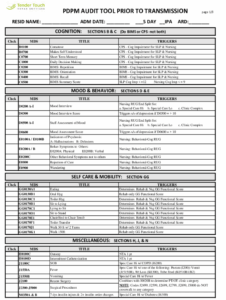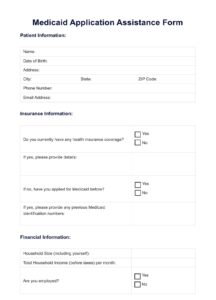In the fast-paced and often chaotic environment of an Intensive Care Unit (ICU), clear, concise, and accurate documentation is not just good practice, it’s essential. It forms the backbone of patient care, allowing the entire medical team to stay informed, track progress, and make crucial decisions. Think of it as a patient’s story, carefully pieced together with vital signs, observations, and interventions. Without robust documentation, that story becomes fragmented, leading to potential errors and compromised patient outcomes.
But let’s be honest, keeping up with the demands of ICU nursing while maintaining meticulous records can feel overwhelming. That’s where an effective icu nursing documentation template comes into play. It’s not about adding more paperwork to your already overflowing plate; it’s about streamlining the process, ensuring that critical information is captured consistently, and freeing up valuable time to focus on what truly matters: your patients.
A well-designed template acts as a guide, prompting you to record key details and organize your notes in a logical manner. It helps you avoid omissions, ensures consistency across shifts, and facilitates smooth handoffs between nurses. Ultimately, it’s about enhancing patient safety, improving communication, and creating a comprehensive record that reflects the high level of care provided in the ICU.
Why a Standardized ICU Nursing Documentation Template is Crucial
Standardization in documentation might sound rigid, but in the context of an ICU, it offers a multitude of benefits. First and foremost, it promotes patient safety. When everyone is using the same format, it’s easier to locate crucial information quickly, especially in emergency situations. Imagine trying to decipher a colleague’s handwritten notes during a critical event – the confusion and delays could have serious consequences.
Beyond immediate patient care, standardized documentation plays a vital role in quality improvement. By consistently tracking specific metrics and outcomes, hospitals can identify areas for improvement and implement strategies to enhance the overall quality of care. This data-driven approach allows for informed decision-making and continuous refinement of ICU practices.
Furthermore, a clear and comprehensive record protects both the patient and the healthcare provider. In the event of a legal dispute, detailed documentation serves as evidence of the care provided and the rationale behind treatment decisions. It demonstrates adherence to professional standards and helps ensure accountability.
Consider the efficiency gains as well. With a standardized icu nursing documentation template, nurses spend less time searching for information and more time delivering direct patient care. The streamlined process reduces the risk of errors and omissions, freeing up mental bandwidth to focus on critical thinking and problem-solving. It’s about working smarter, not harder.
Finally, remember the importance of communication. A well-structured template facilitates seamless communication between all members of the healthcare team, including physicians, nurses, respiratory therapists, and pharmacists. Everyone is on the same page, with access to the same information, fostering a collaborative environment that prioritizes patient well-being.
Key Elements of an Effective ICU Nursing Documentation Template
So, what exactly should be included in an ideal icu nursing documentation template? The specifics will vary depending on the individual unit and patient population, but there are several core elements that should be present in every template. Start with patient demographics, including name, date of birth, medical record number, and allergies. This information should be readily accessible at the top of each page.
Next, focus on the patient’s current status, including vital signs, level of consciousness, pain assessment, and respiratory status. These are the key indicators that provide a snapshot of the patient’s condition at any given moment. Be sure to document any changes or trends in these parameters, as they can be critical in detecting early signs of deterioration.
Medication administration is another essential component. Document the name, dose, route, and time of each medication administered, along with the patient’s response. Pay close attention to high-alert medications and document any potential adverse effects. Accurate medication documentation is crucial for preventing errors and ensuring patient safety.
Don’t forget about interventions. Document all nursing interventions performed, such as wound care, suctioning, chest physiotherapy, and patient education. Be specific and detailed in your descriptions, including the rationale behind the intervention and the patient’s response. This provides a clear record of the care provided and helps justify treatment decisions.
Finally, include a section for notes. This is where you can document any additional observations, concerns, or changes in the patient’s condition that don’t fit neatly into the structured fields. Use this space to communicate any important information to other members of the healthcare team. Remember to be clear, concise, and objective in your writing.
Effective documentation is more than just filling out forms; it’s about capturing the essence of a patient’s experience and providing a comprehensive record of the care provided. By embracing a standardized template and focusing on the key elements, ICU nurses can enhance patient safety, improve communication, and ultimately, make a positive impact on patient outcomes.
The ultimate goal is to ensure that every patient receives the best possible care, and that starts with a commitment to accurate and thorough documentation.



